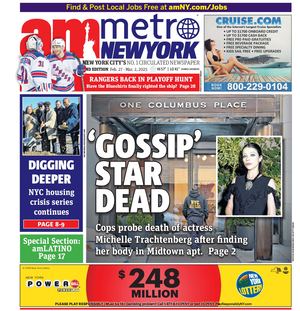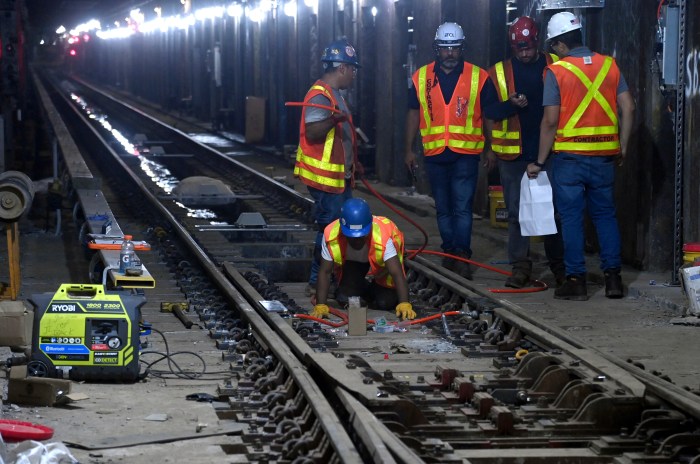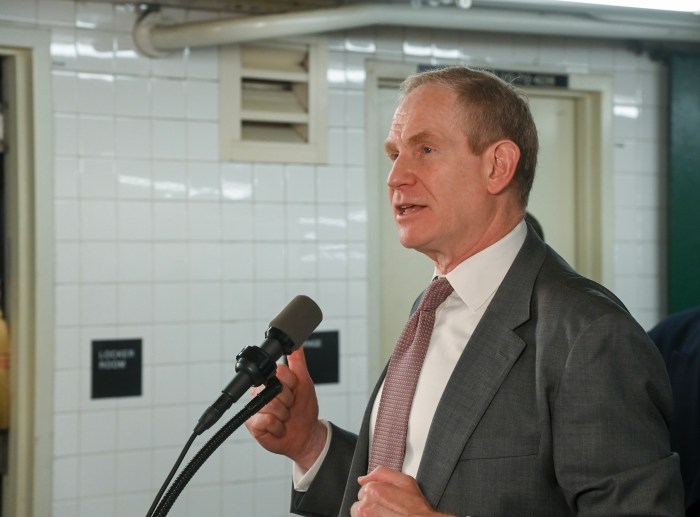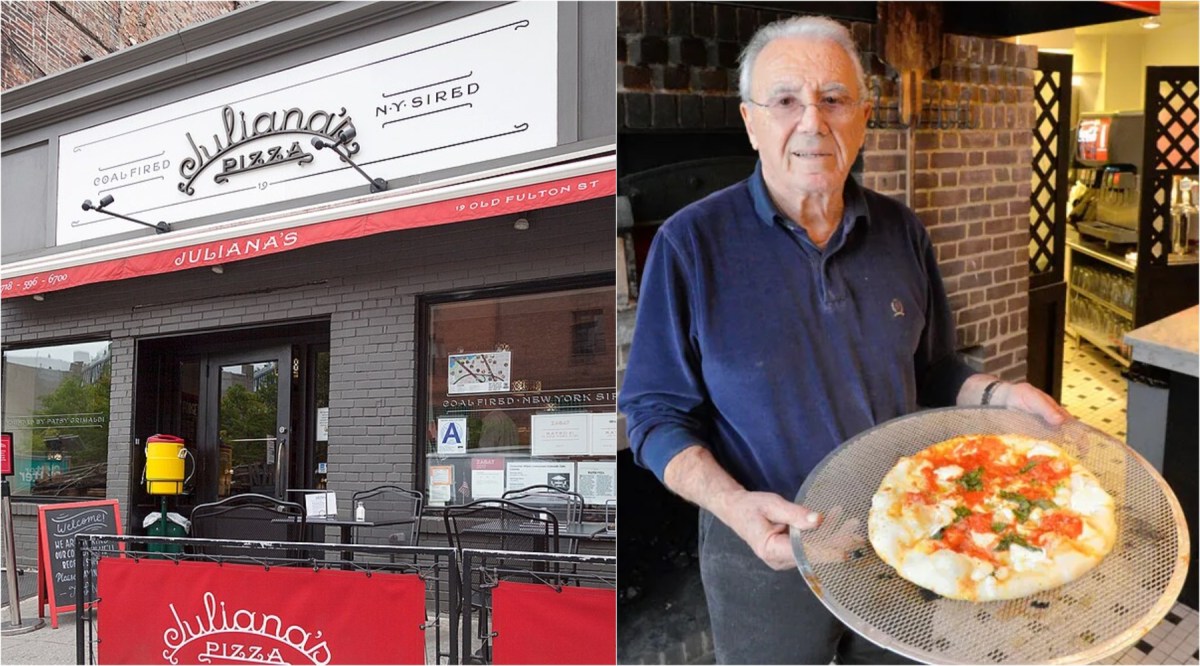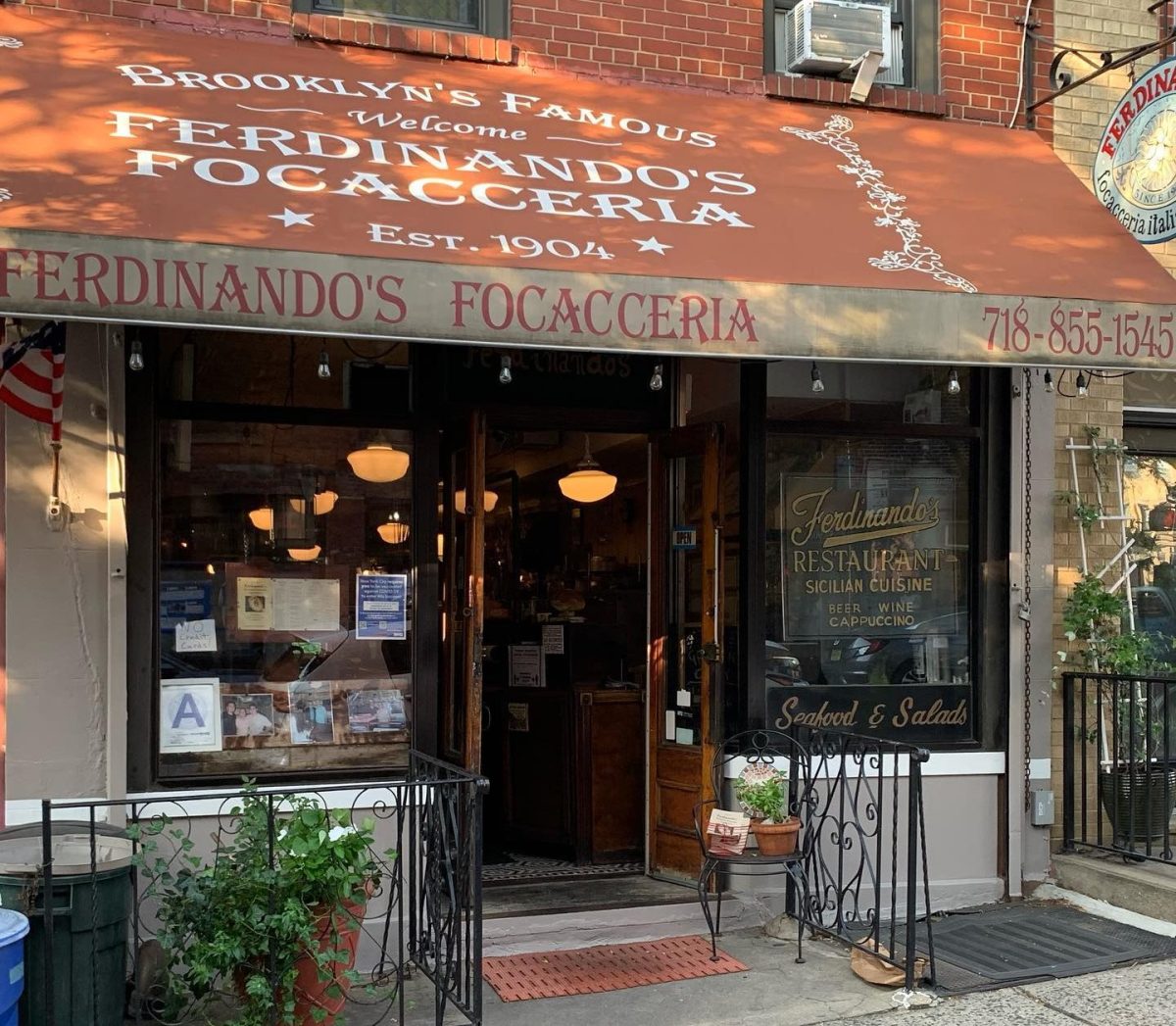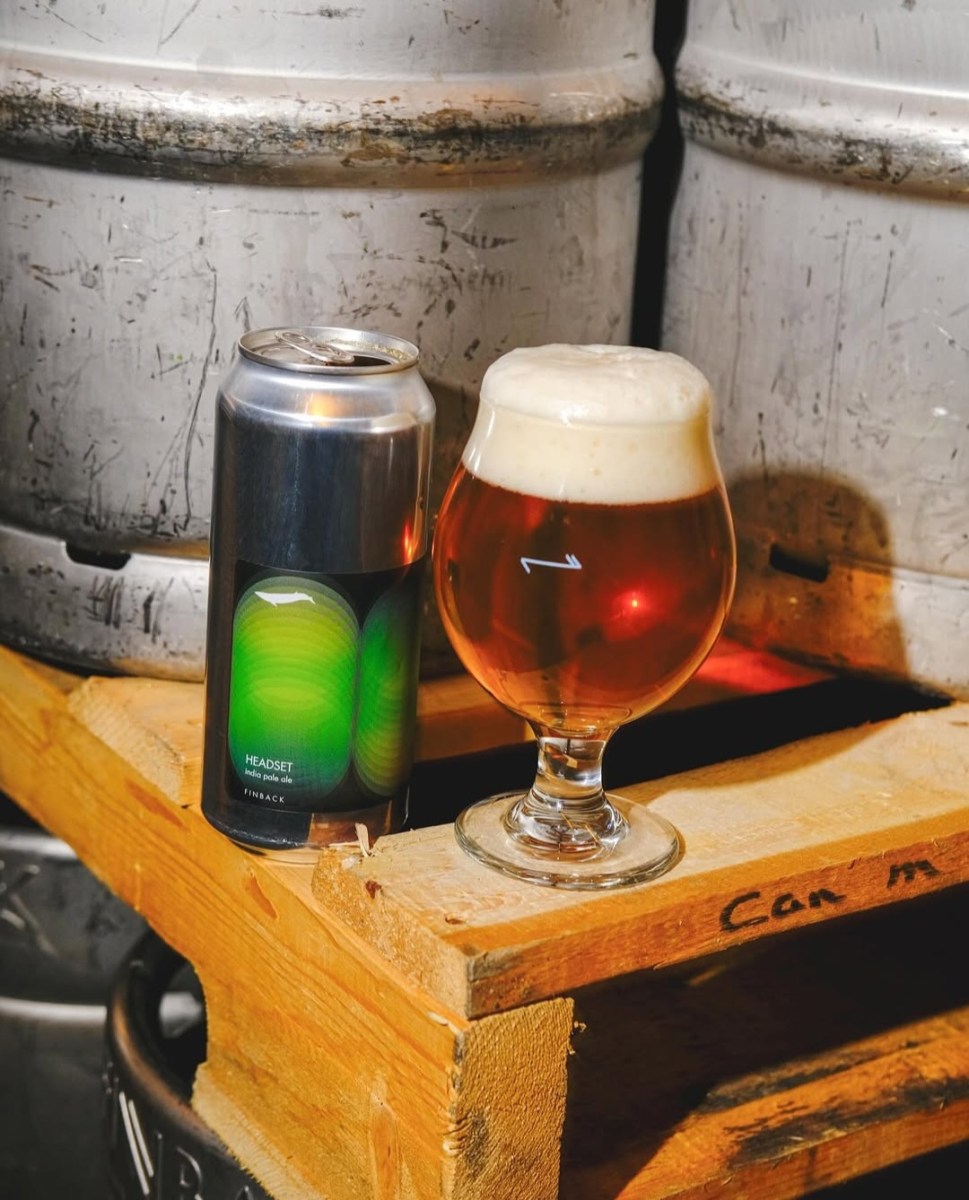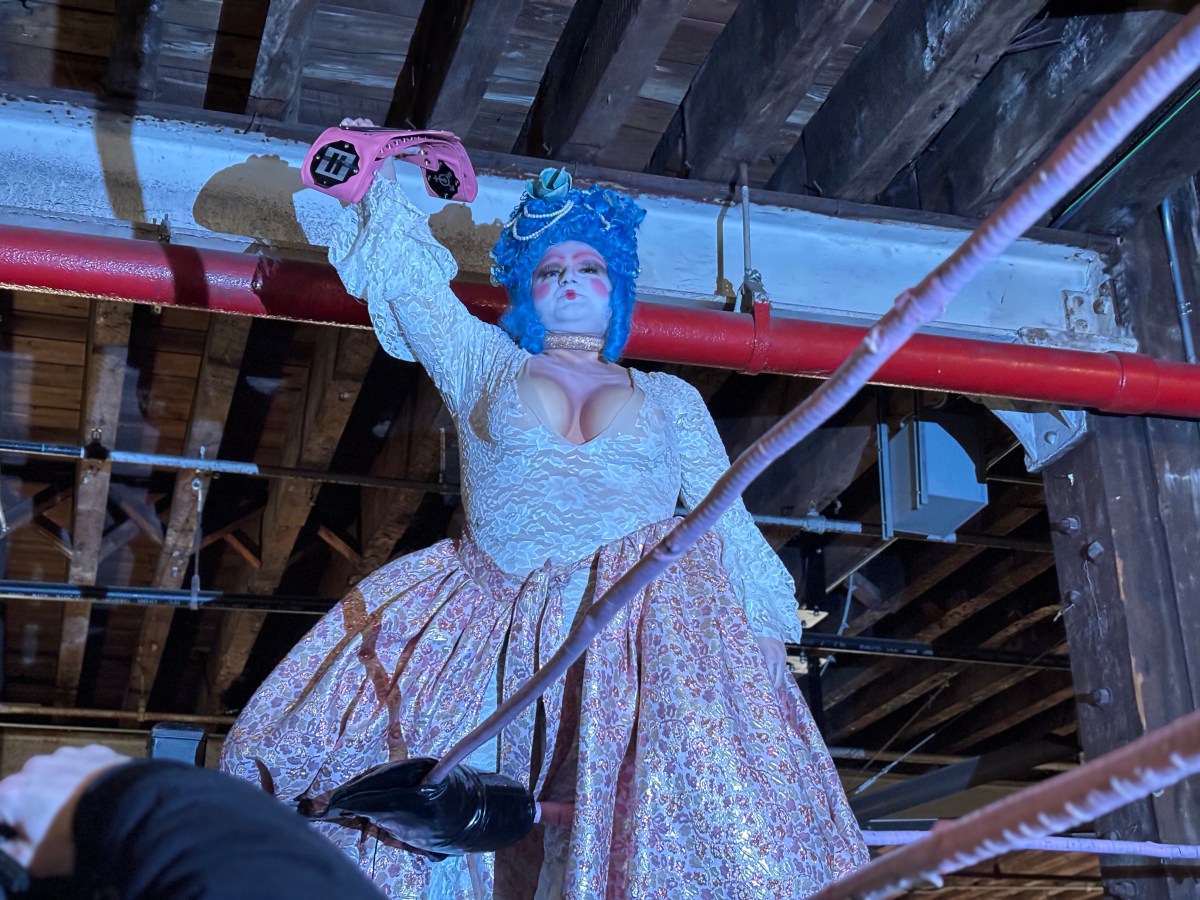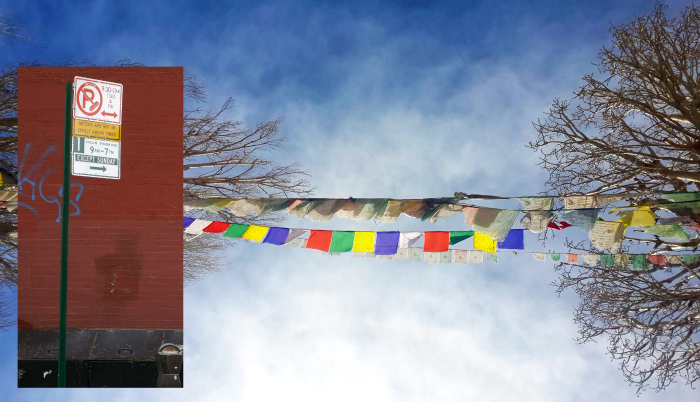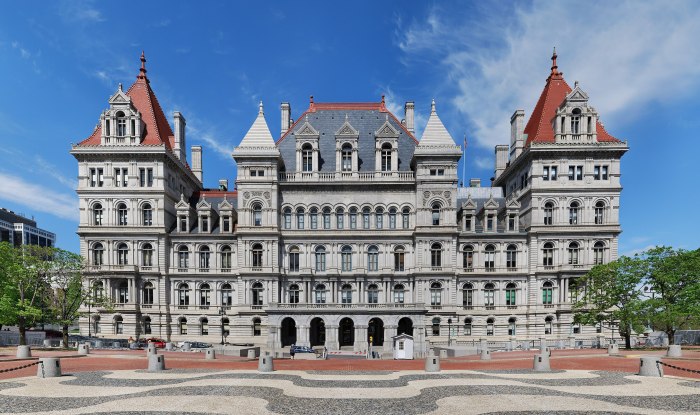amNewYork Metro, in conjunction with the MTA, present “Ask the MTA,” a column where MTA officials answer your questions about transit service in New York City. If you have a question for the MTA about subways, buses, commuter rails and more, email askthemta@amny.com.
Q: I saw there was an open house on the new Capital Plan at Grand Central Terminal a few weeks ago. When and where is the next one of these events? — Robert M., East Midtown
A: The second in our series of open houses on the 2025-2029 Capital Plan will take place this Wednesday, Nov. 13, from 4 to 7 p.m. at the Queens Public Library at Central in Jamaica, Queens. A third is scheduled for Nov. 21 at Brooklyn Borough Hall.
We encourage riders to come out and hear firsthand from MTA leadership how the plan’s proposed investments will benefit their commute. From signal modernization on the Broadway line to advancing the Interborough Express and expanding accessibility, there’s much to be excited about.
Information will also be available on career opportunities at the MTA as well as business opportunities for Minority, Women, Disadvantaged, and Service-Disabled Veteran-owned firms, and fare discount programs.
– Jamie Torres-Springer, President, MTA Construction & Development
Q: What do the different colored globes at subway stations mean? – Ailis M., Woodlawn
A: The iconic subway globes were first installed in the 1980s, and they serve a practical purpose for New Yorkers who are navigating the transit system.
Most importantly, they let people know that a station is there. The globes are different colors to give riders more information. Green signifies that the entrance is open 24/7, while red implies that it is limited entry or exit only. Signs posted at entrances have the exact entry and exit hours.
There also used to be yellow lamps, which meant that a station was open with a part-time agent booth, but they have long been phased out.
– Sheila Hutson, Vice President & Chief Officer, Division of Station Environment & Operations, New York City Transit Department of Subways
Q: My home station is DeKalb Av. What’s the story behind the animation that riders see heading towards the Manhattan Bridge? – Olena V., Downtown Brooklyn
A: Artist Bill Brand’s Masstransiscope – first installed in 1980 and later restored in 2008 – uses 18th-century motion picture techniques to turn the tunnel leading to the Manhattan Bridge into a movie machine, or zoetrope. Visible from Manhattan-bound B or Q subway cars departing the DeKalb Av station, the artwork was funded by Creative Time and is now a permanent part of the MTA Arts & Design collection.
Masstransiscope comprises 228 hand-painted panels encased in a specially constructed housing that runs the full 300-foot length of the old Myrtle Av station, illuminated by fluorescent lights. You see the work through a series of vertical slits set into the casing, and when trains pass, it appears to be moving as light reflects off the paintings and back through the slits.
This is contrary to how film-projection movies work, where film passes through a projector to create the illusion of motion, with the audience sitting still. With Masstransiscope, it is the audience that moves while the film stays in place.
– Cheryl Hageman, Deputy Director, MTA Arts & Design
